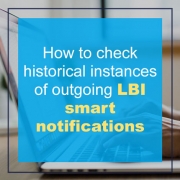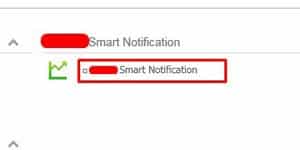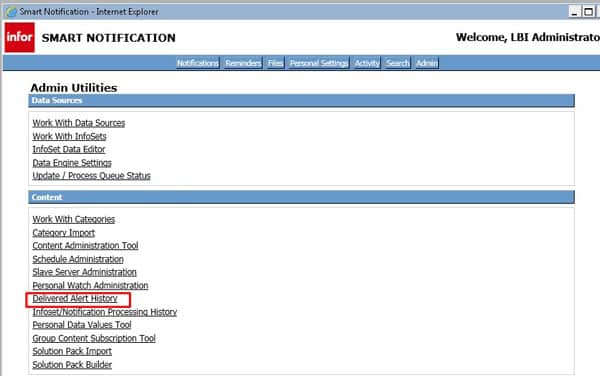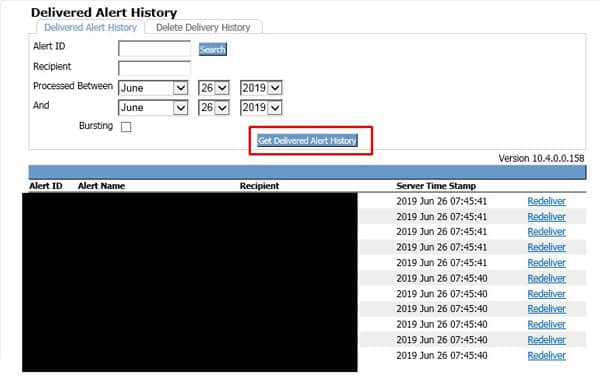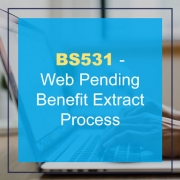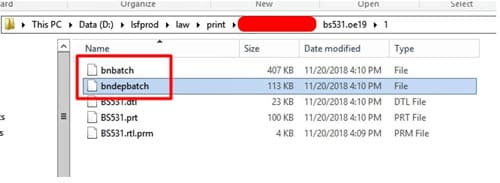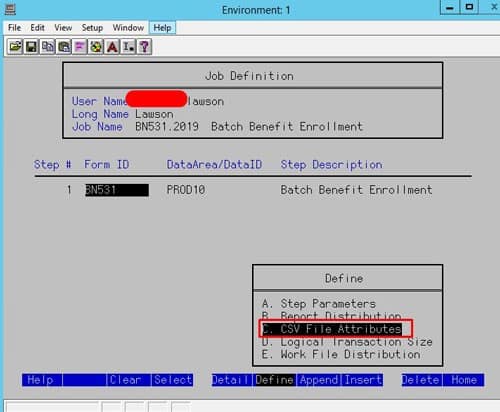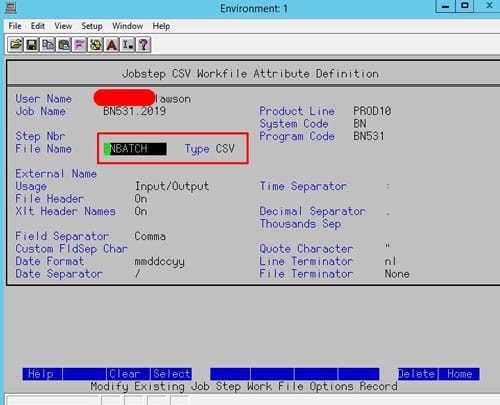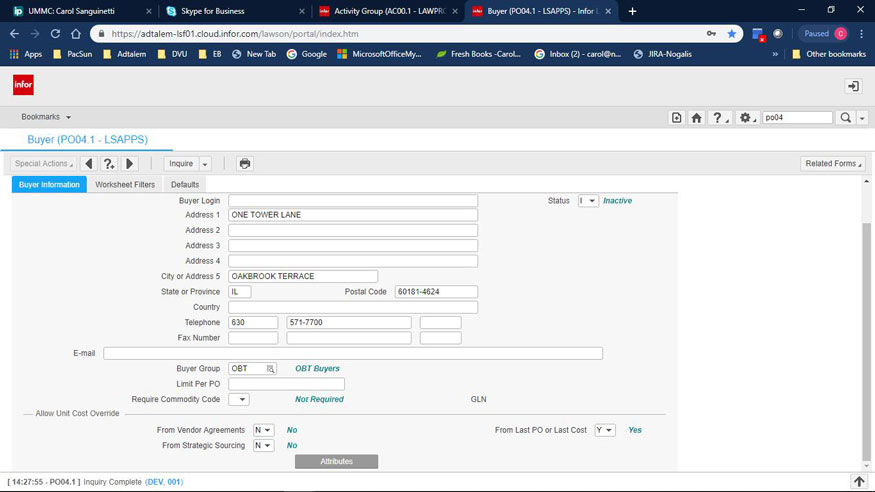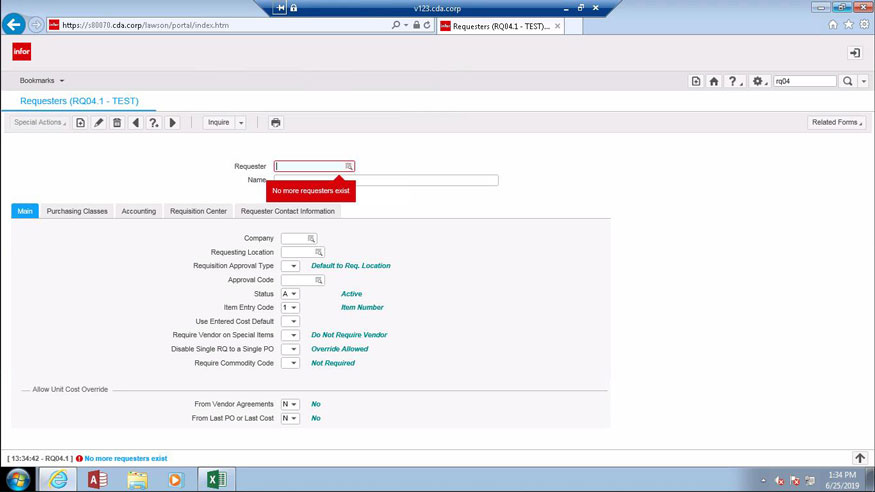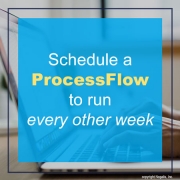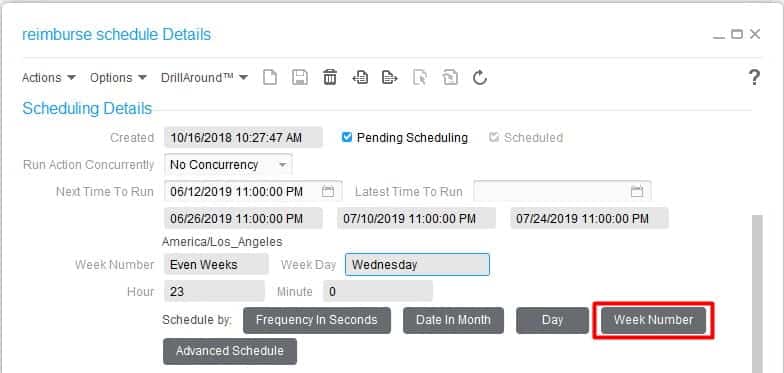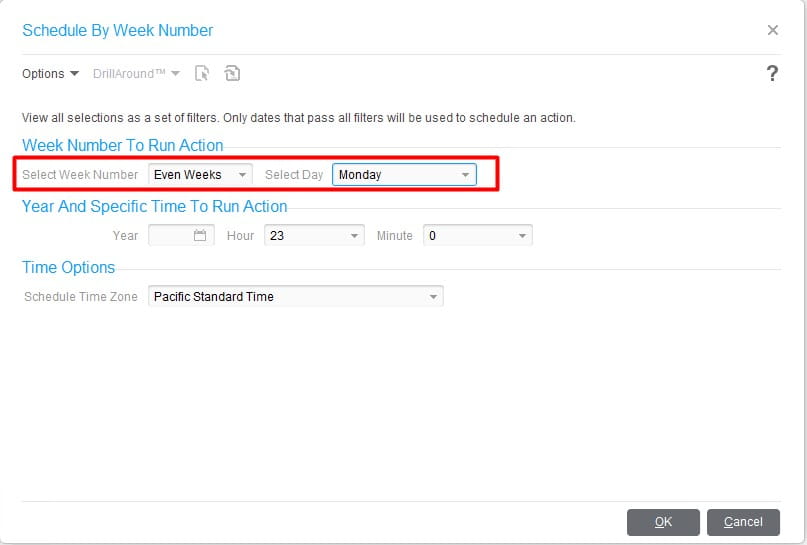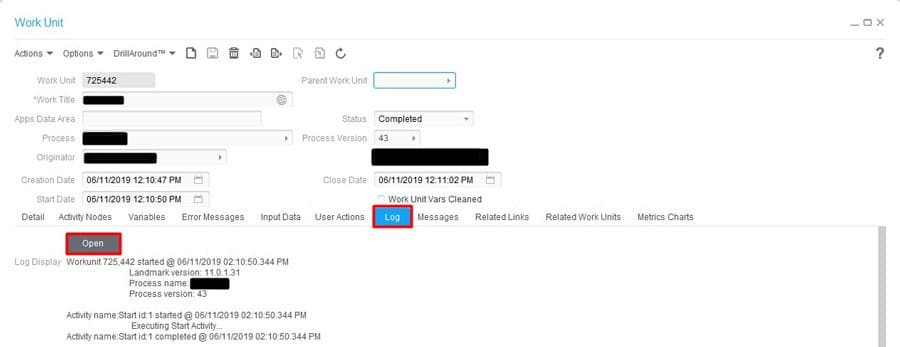Considering a Divestiture? Here are things to consider:
History: How much data do you need to extract to send with the divested division/company?
Consider each module that currently has data and determine if there is a similar module in the new system. If there isn’t a similar module in the new system, then how will the data be accessed? Possibly a separate database that stores the information for lookups as needed.
Fixed Assets: Do you have assets that need to be moved with the divested division/company?
What are the criteria for which assets need to be moved with the divested division/company?
What date will these assets be last depreciated in your current system and how will the depreciation continue in the new system?
Will you keep the original in-service date and depreciation history and continue depreciating the same in your new system?
AP Payments: How will you handle bank reconciliations and payment voids that occur after the division/company is divested?
Will there be on-going communication for this information to be sent?
Will there be a complete pay-off in the current system so that AP starts clean in the new system with no open invoices?
Do you have a consolidated AP process now that needs to be split into multiple AP processes? If so, when should you start this process of separation? Especially important if you have any EDI or other interfaces to AP that will need separation as well.
Vendors: How will you notify Vendors that invoices after a certain date should be handled differently? Are your vendors even aware that there are two different divisions or companies that they are currently billing? It is very important to start working with your vendors and any 3rd party AP interfaces sooner than later.
Purchases: How will any open POs and/or requisitions be handled?
Make sure that you have enough inventory on hand for the divested division/company prior to cutting off standard replenishment.

